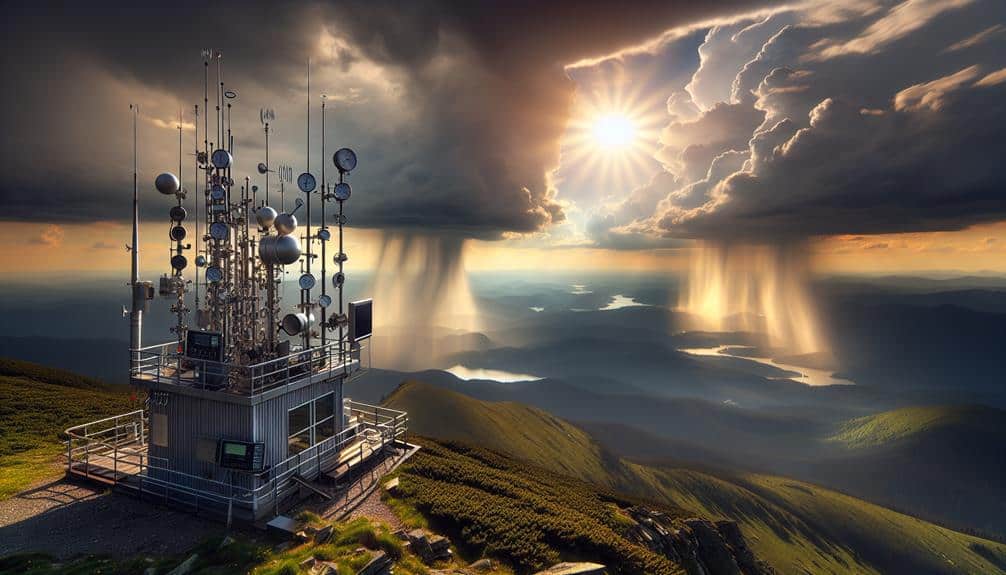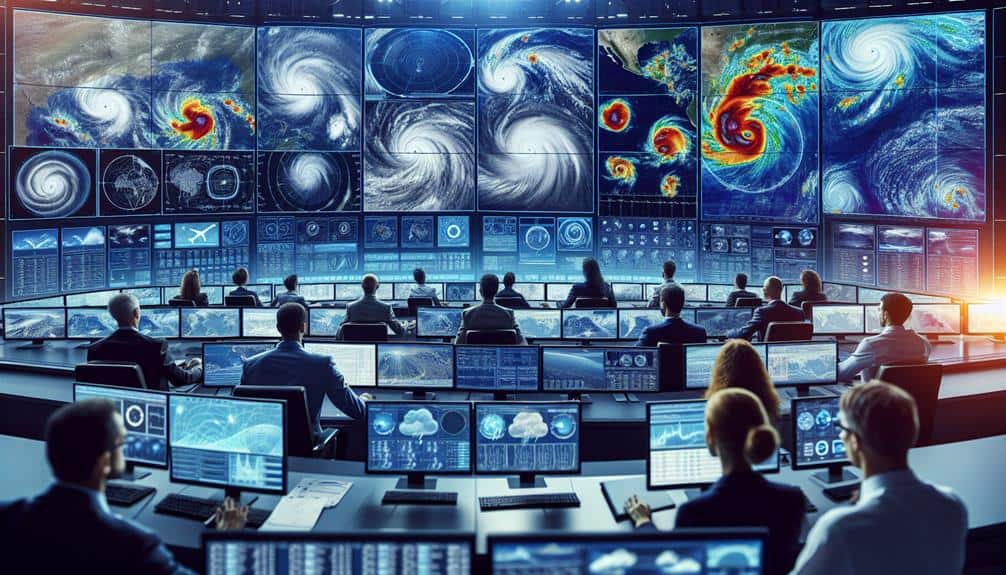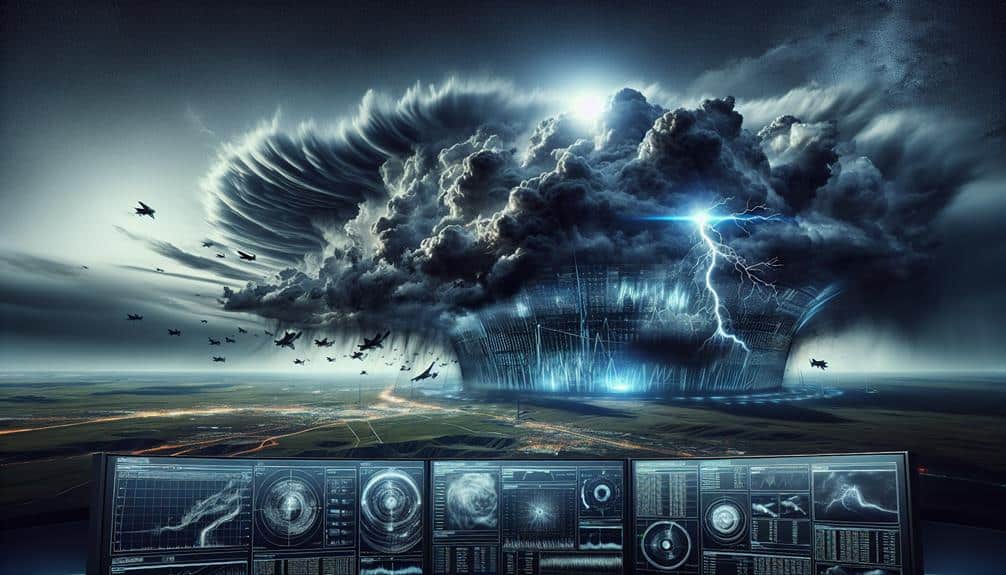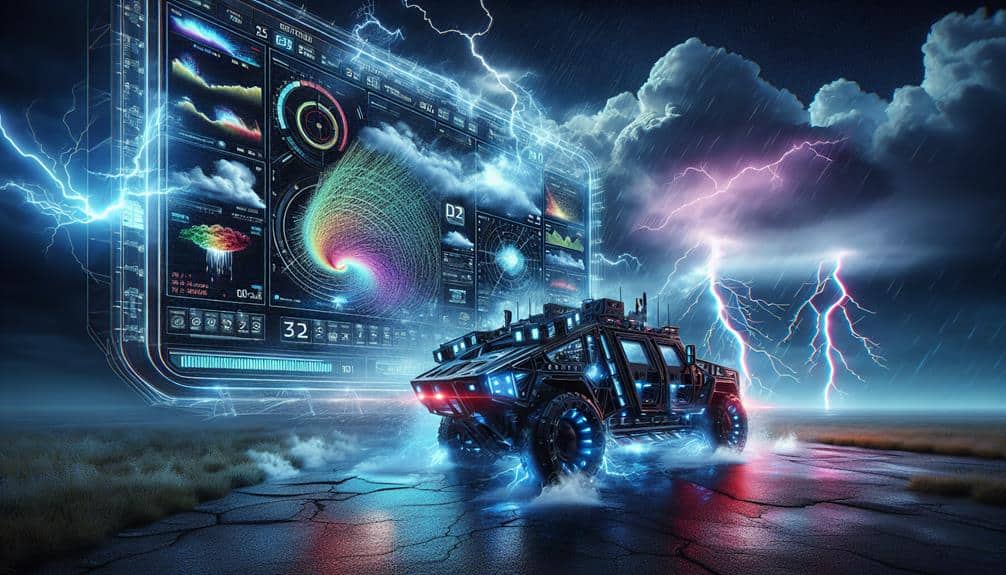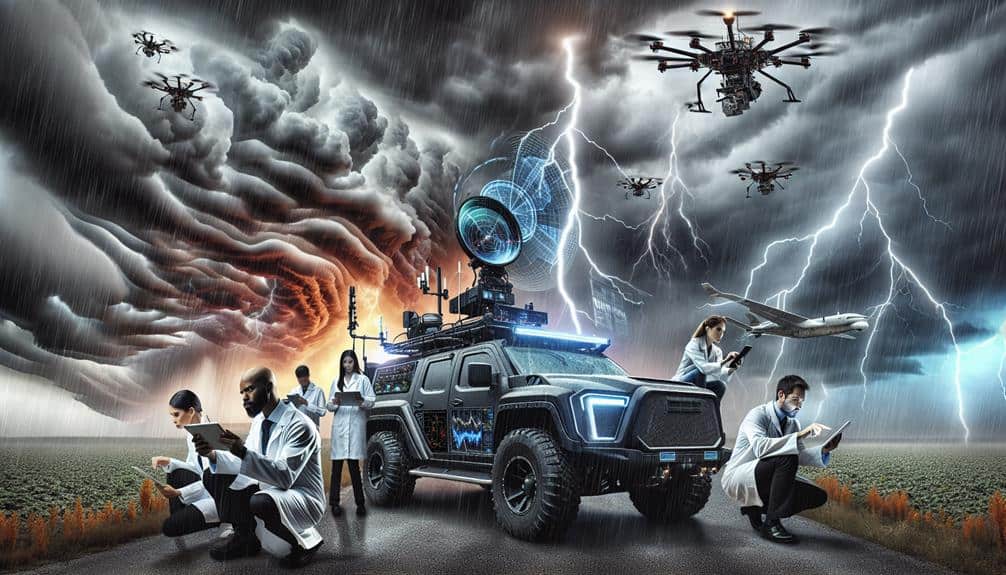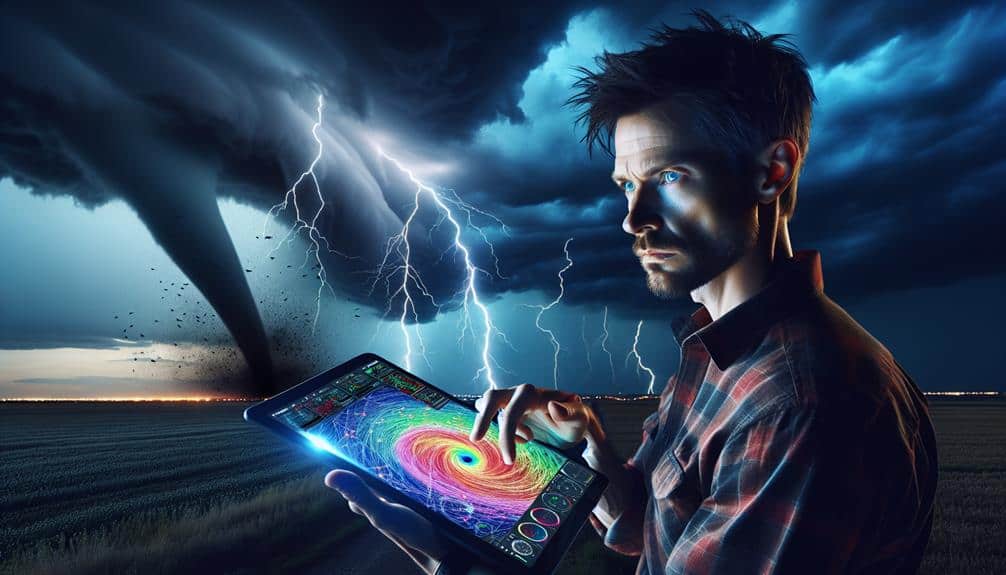Why Do Storm Chasers Analyze Atmospheric Conditions?
We analyze atmospheric conditions to accurately forecast storm behavior and enhance public safety. By examining temperature gradients, humidity levels, and wind shear, we identify storm potential and predict severe weather. Monitoring wind patterns, especially variations in wind shear, helps us map storm trajectories. We measure temperature variations for anomalies, track humidity levels using RH and […]
Why Do Storm Chasers Analyze Atmospheric Conditions? Read More »

